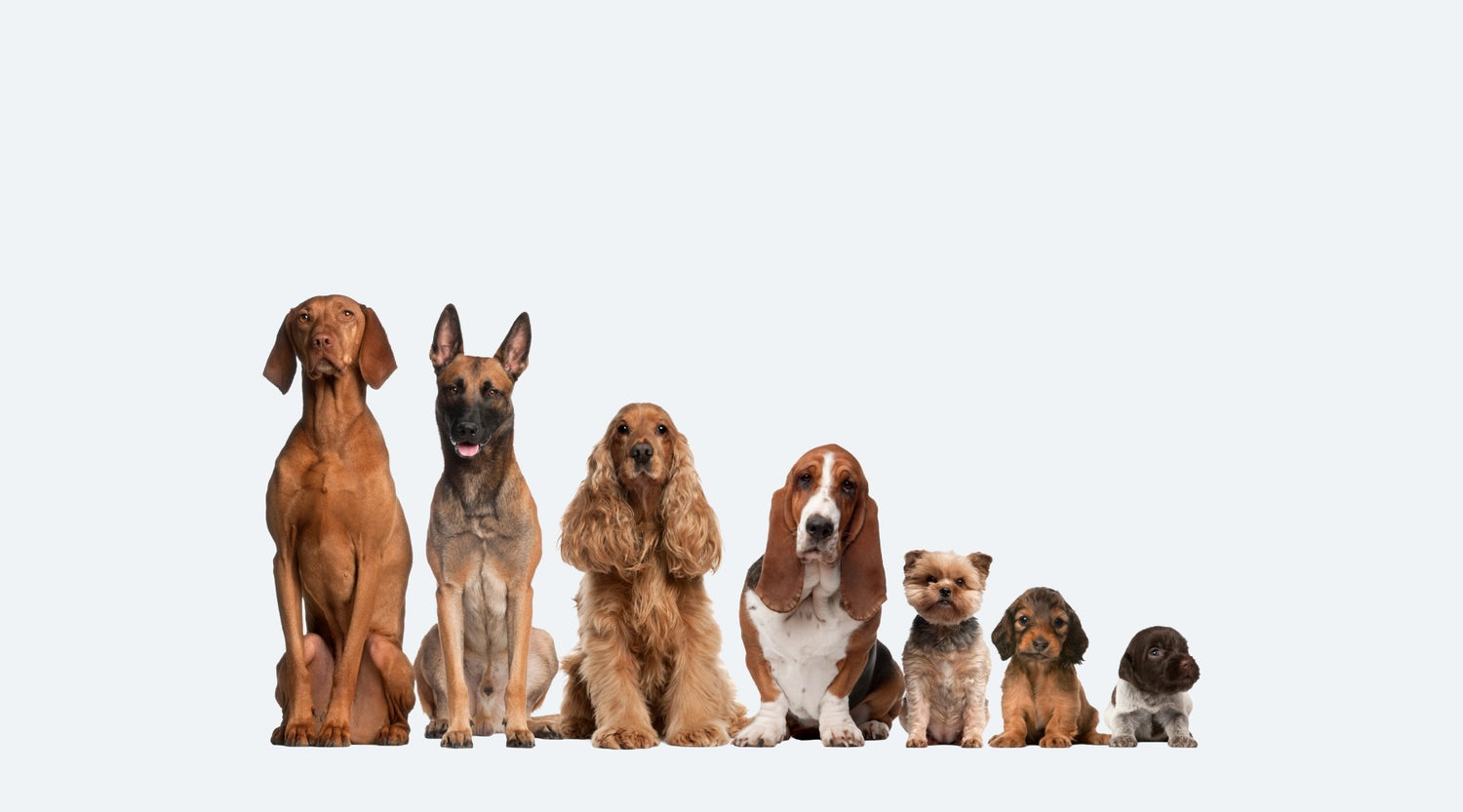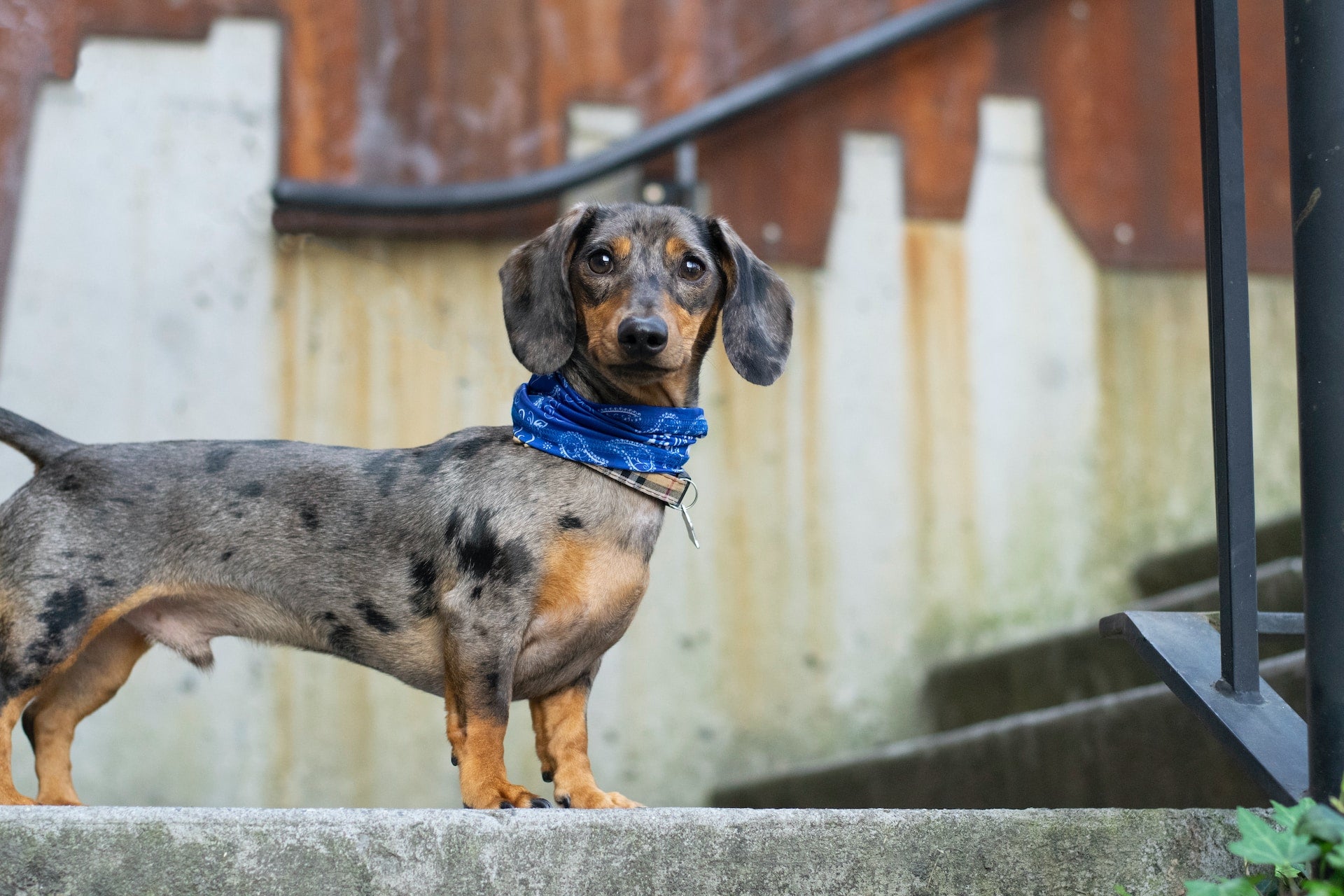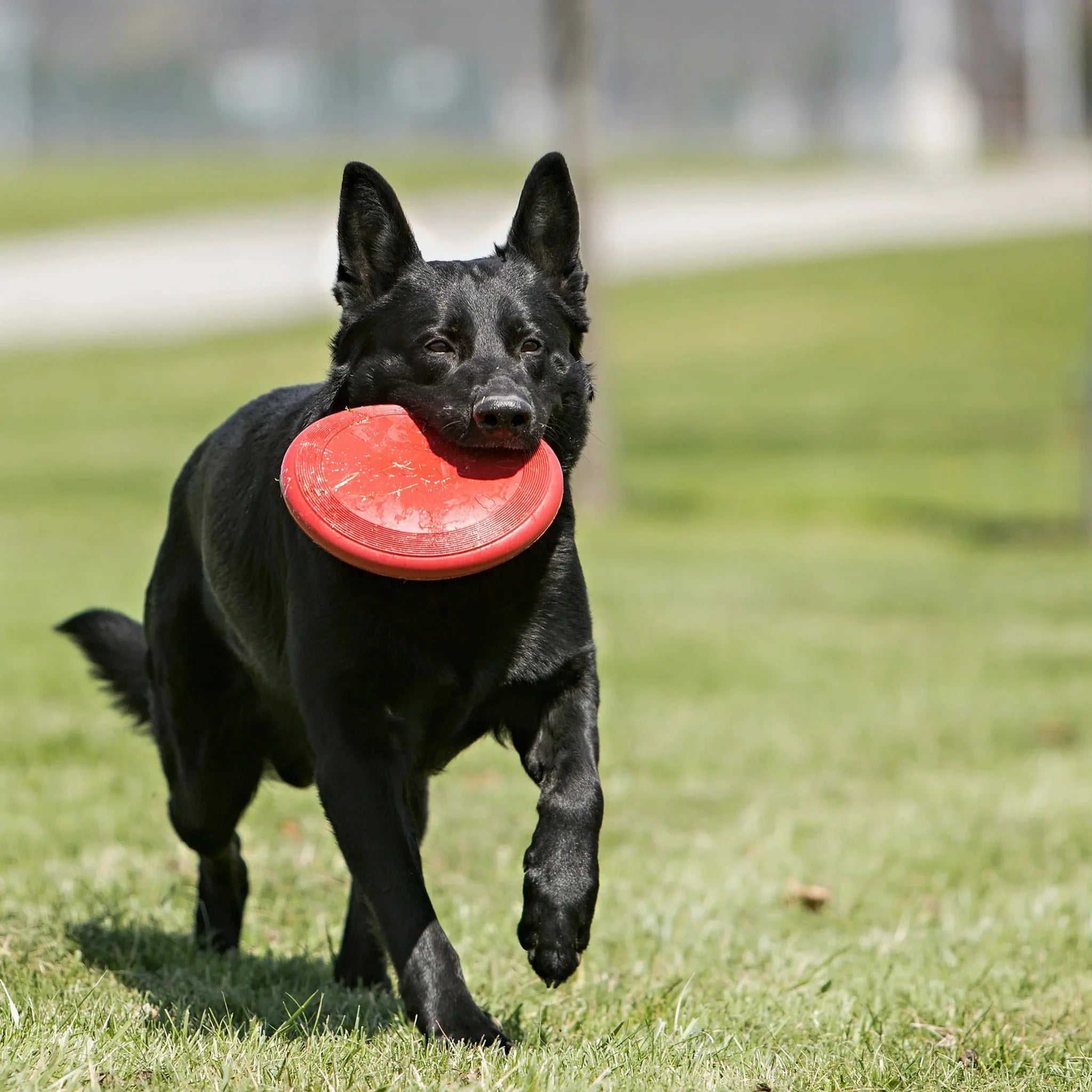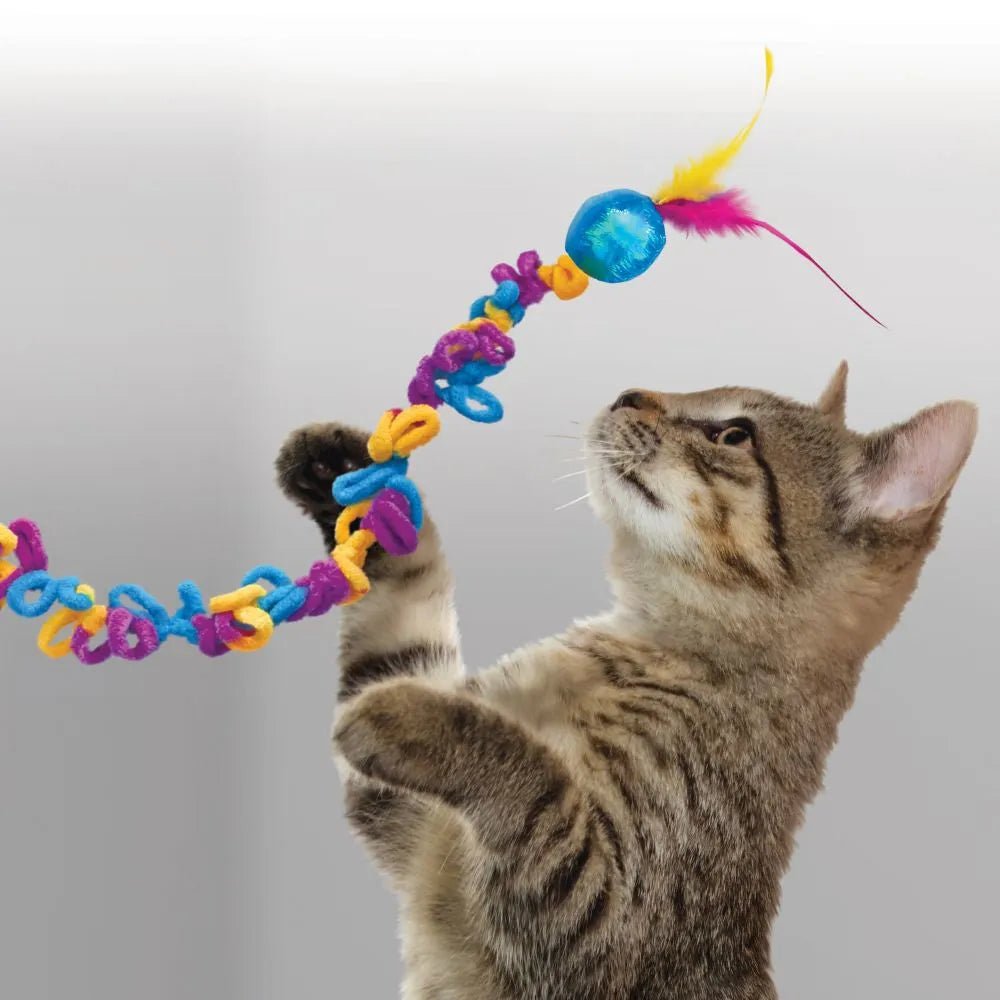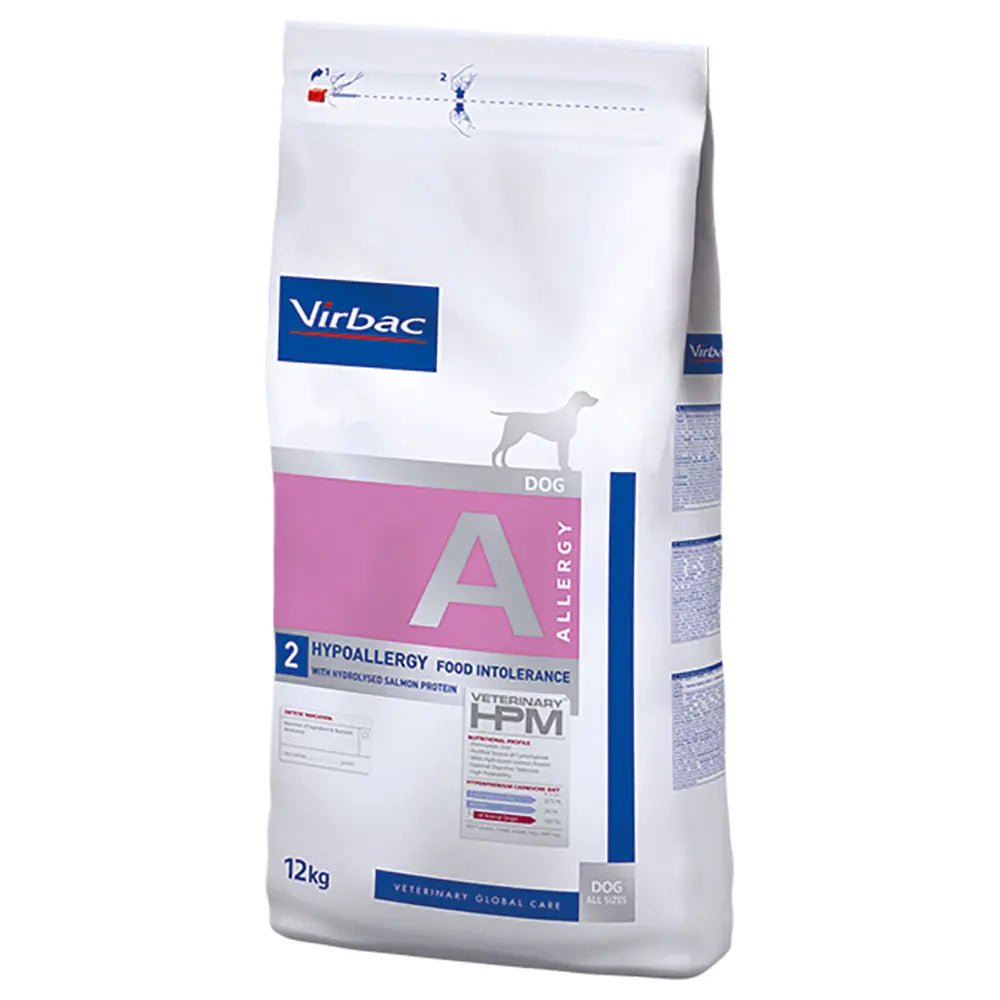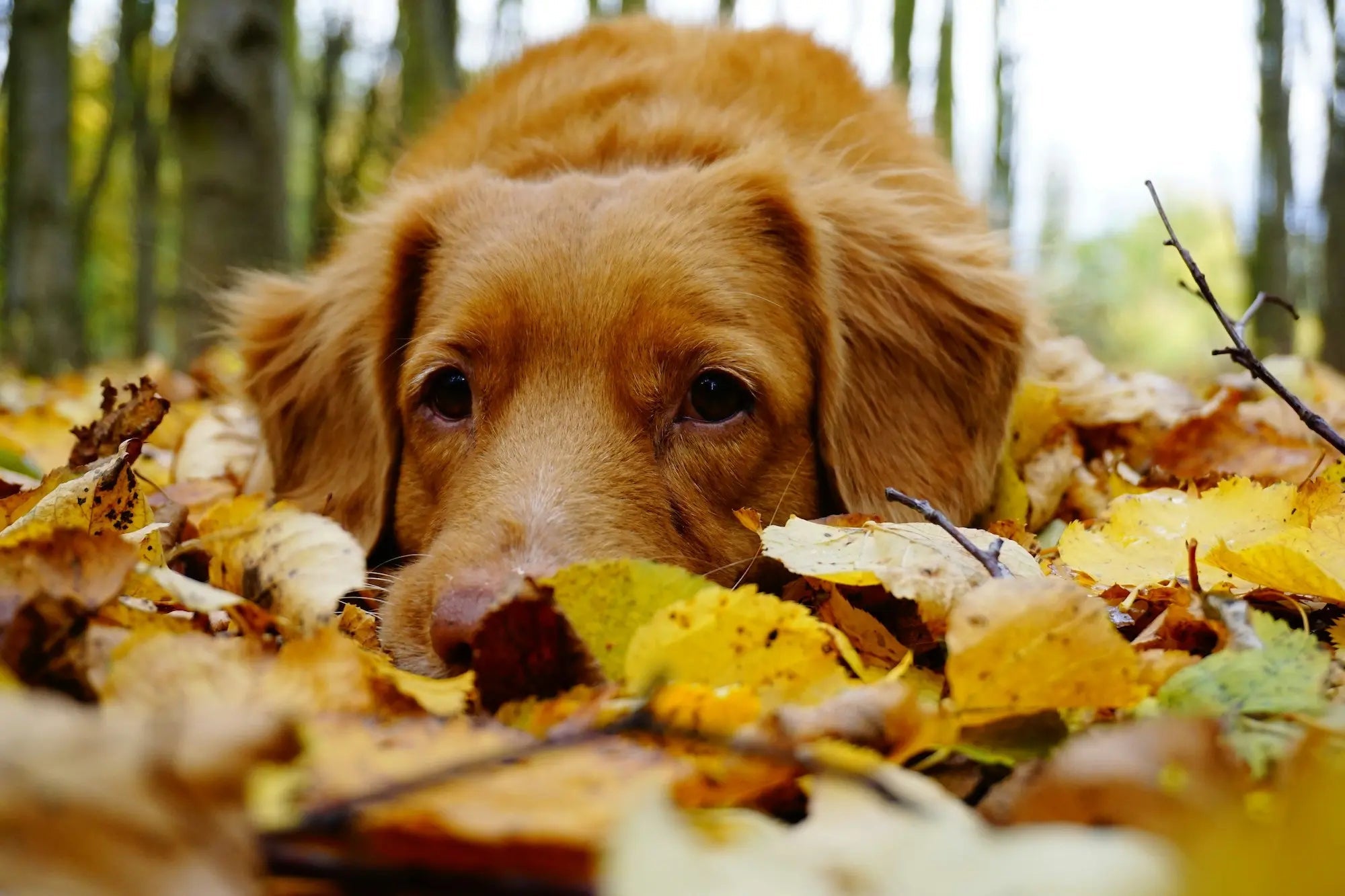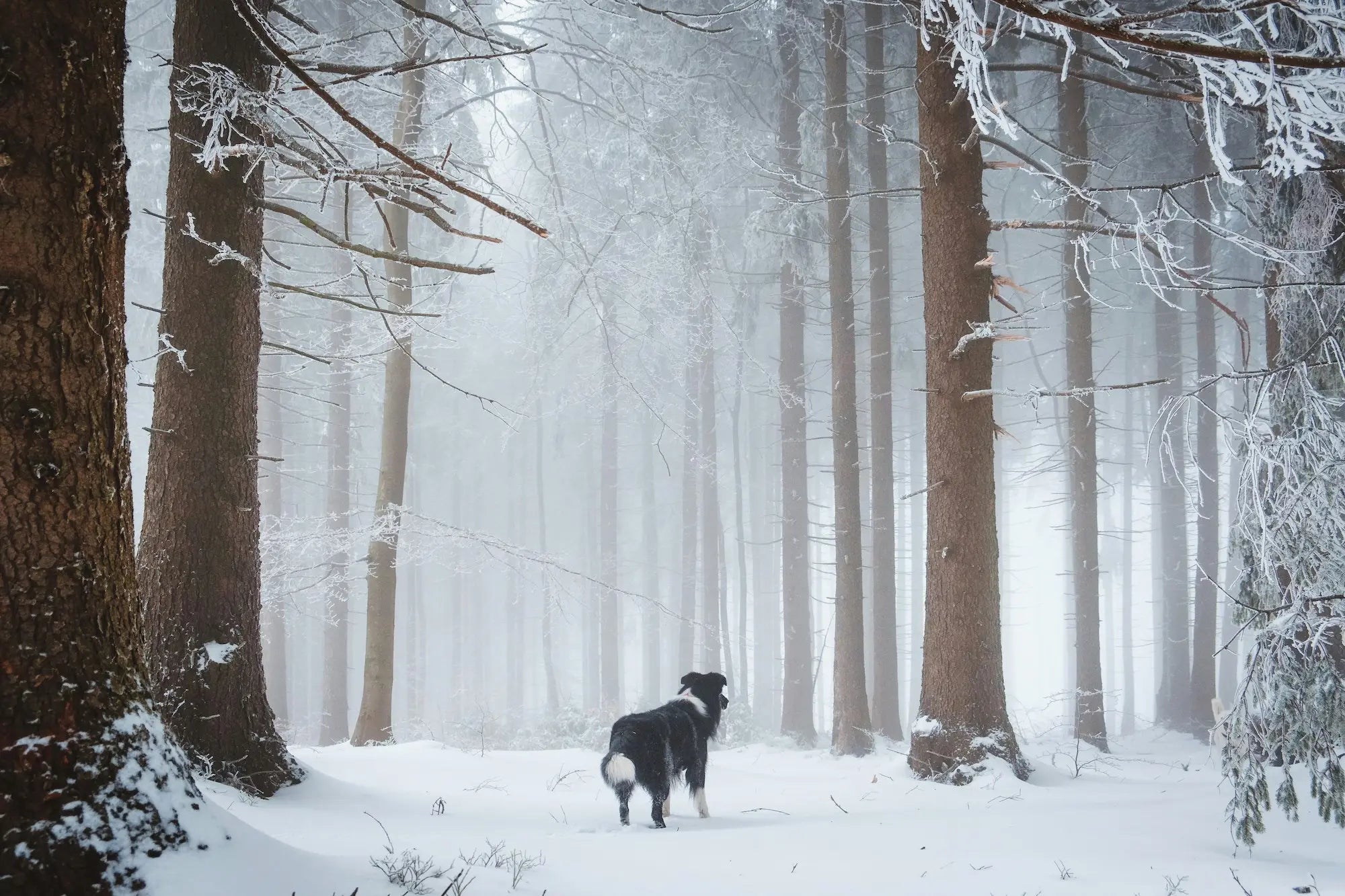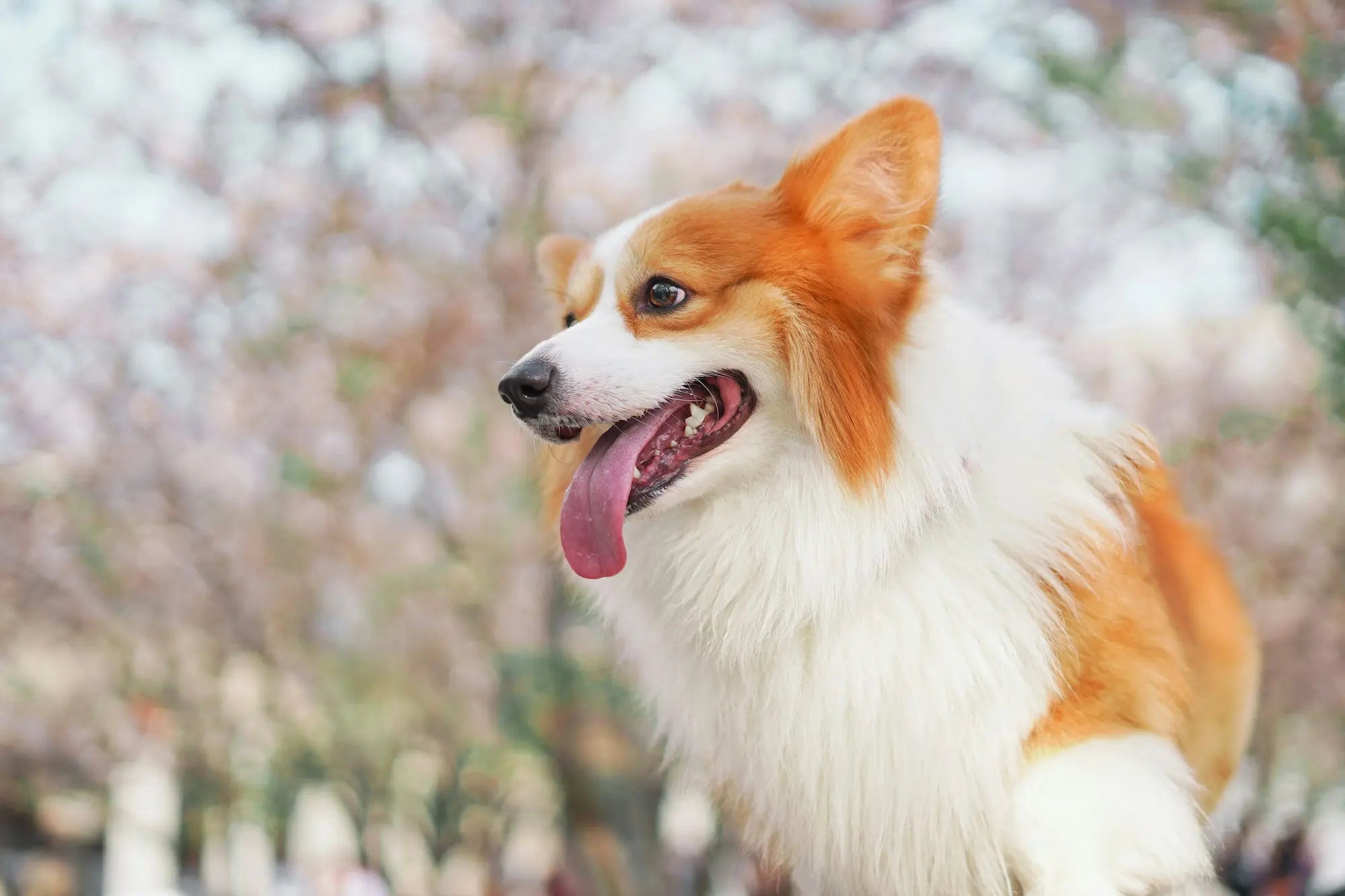The Dachshund, also known as just dachs or "Wiener Dog", is characterized by its characteristic shape that resembles a sausage. The Dachshund actually does not consist of just one breed, but 9 different breed varieties. The dogs of this breed are energetic, versatile, playful and loving, but also stubborn. We explain everything you need to know about the dachshund!
race facts

Family friendly

Activity level

Fur care

Training needs

Clearing

Size
Facts about the breed
The Dachshund breed originally originated in Germany. They are known for their long bodies and short legs, which make them perfect for hunting burrowing animals such as badgers and rabbits. Dachshunds come in three sizes: standard, miniature, and rabbit. Each size has different physical characteristics, but all Dachshunds have the characteristically long body and short legs.
What can you expect as a dachshund owner?
Personality
Personality
The breed consists of dogs that are both intelligent and courageous, which makes them good hunters. The Dachshund is a versatile dog that is today used as a sighthound, a driving dog, a tracking and searching dog. Due to its good game-finding ability and pleasant pace, it is particularly well suited for deer hunting. The Dachshund likes to show its charm and energy at shows and often has impressive results in competitions.
However, the Dachshund is not only a great hunting dog, but also a good family dog and hiking companion. It loves to be part of the family and often chooses a select few that it considers its "personal friends". The lucky ones will often notice that the clever animal likes to use its charm to get a little extra cuddles and treats.
Activity level
Activity level
On walks, dachshunds can be effective ground-diggers, and at the right pace they can last for hours. Dachshunds are active dogs that need plenty of exercise. They enjoy hunting and digging, so it may be a good idea to give them opportunities to do this in safe places. It is also important to give them sufficient mental stimulation to keep them healthy and happy.
Training
Training
Given that the Dachshund can be an independent and determined dog, it requires an owner who is equally determined and consistent, in order to become obedient and sociable. It often has tendencies to a slightly strong temperament, thanks to its natural hunting instincts. In turn, this can make training somewhat challenging. However, with a good dose of patience, positive reinforcement and consistent training, you will be able to have an obedient and well-behaved dog.
Health
Health
Dachshunds are a robust breed that often live a long time, but they are prone to certain conditions such as back injuries, especially if they become overweight. Back problems, such as prolapse, are more common in dachshunds than in other breeds, and it is therefore important that the breeder takes this into account when breeding. Many countries also have special breeding programs for dachshunds, which include scanning the back to ensure that the puppies are healthy.
Note: The unique body shape of the Dachshund requires extra attention to the dog's back. Preventive measures such as ramps and intermediate steps up to, for example, furniture or the car are important to prevent injuries if the dog jumps. If you have to carry your fur coat, always make sure to keep it in a horizontal position. Protect the back by supporting the back with one arm and the other supporting in front of the chest.
Weight and size
As mentioned, dachshunds come in 9 different breeds, and therefore vary in size. We divide them into the following three sizes:
Rabbit Dachshund : Here the chest size is up to 30 cm, and the weight is about 3-4 kg.
Miniature Dachshund : Here the chest size is up to 30-35 cm, and the weight is between 4-6 kg.
Dachshund : Here the chest size is over 35 cm, and it should preferably not weigh more than 9 kg.
Hereditary diseases
As with most other dog breeds, some diseases are more common than others due to the dog's genes. As a dachshund owner, you should be aware of the following:
- Different forms of PRA : A disease of the retina that leads to blindness.
- IVDD (Intervertebral Disc Disease): Also known as prolapse, this is a condition where the cushion between the vertebrae slips out or ruptures. Dachshunds are particularly susceptible to this condition, and in some cases, emergency surgery may be necessary.
- Periodontitis: An inflammation and infection of the gums that can occur when plaque and tartar build up. Dachshunds are prone to tartar and periodontitis, so their teeth should be cleaned regularly.
Short-haired dachshunds may be predisposed to developmental cataracts and long-haired dachshunds may be predisposed to chronic punctate keratitis - a disease of the cornea.
Fur
Fur
Depending on whether the dachshund is a long-haired, short-haired or wire-haired breed, the coat quality and length will vary. In general, the long-haired and short-haired dogs have smooth and shiny coats, while the wire-haired naturally has more wiry coat. Short-haired dogs do not need much grooming, while long-haired and wire-haired dogs should be brushed regularly. The wire-haired dog can also be trimmed regularly.
Food and nutrition
Food and nutrition
Given that dachshunds are particularly prone to health problems if they become overweight, proper dog food is important. They need a balanced diet that provides them with sufficient nutrients to keep them healthy and active. Always make sure to feed them a quality food that is specifically formulated for their size, breed, and age.
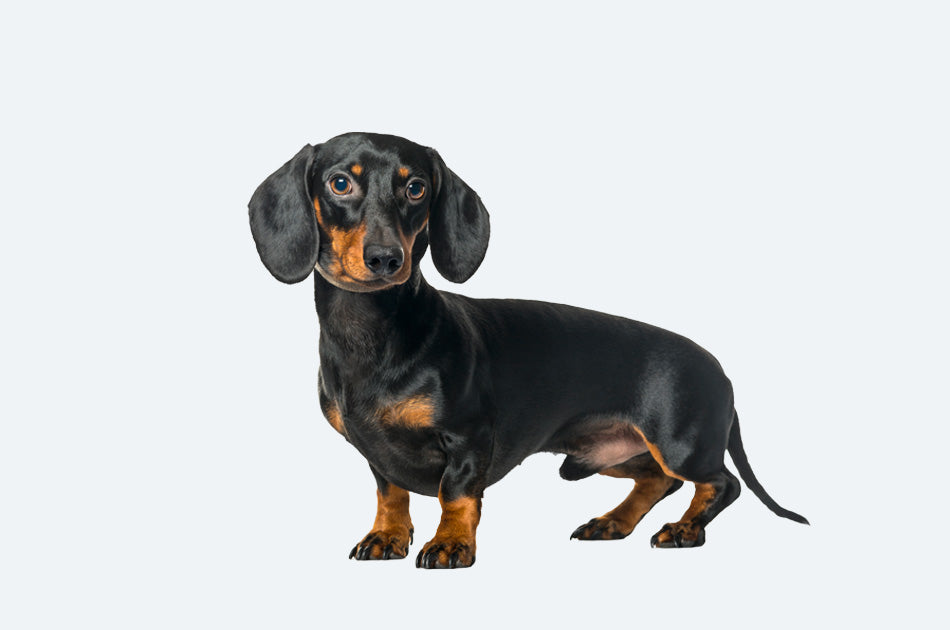
Dachshund
If you are interested in getting a dachshund, you can contact the Norwegian Dachshund Breed Club . It is important to choose a seller where you can get information about how the dog was bred, to ensure that you are not contributing to uncontrolled or illegal dog trade. Unfortunately, not everyone breeds in a responsible and correct way, which can lead to serious diseases in the puppies. Being well prepared and finding a reliable breeder is therefore the best thing for both you and your dog.
